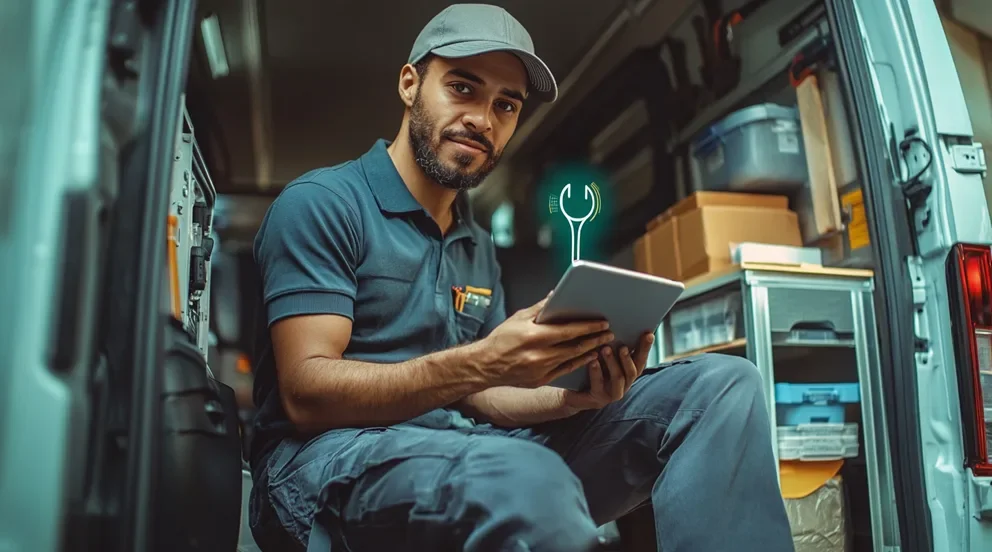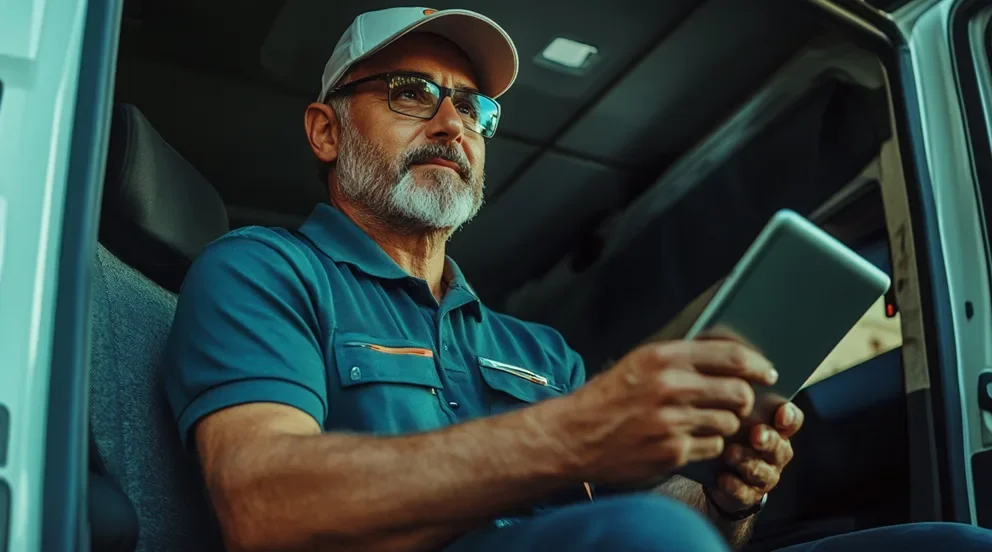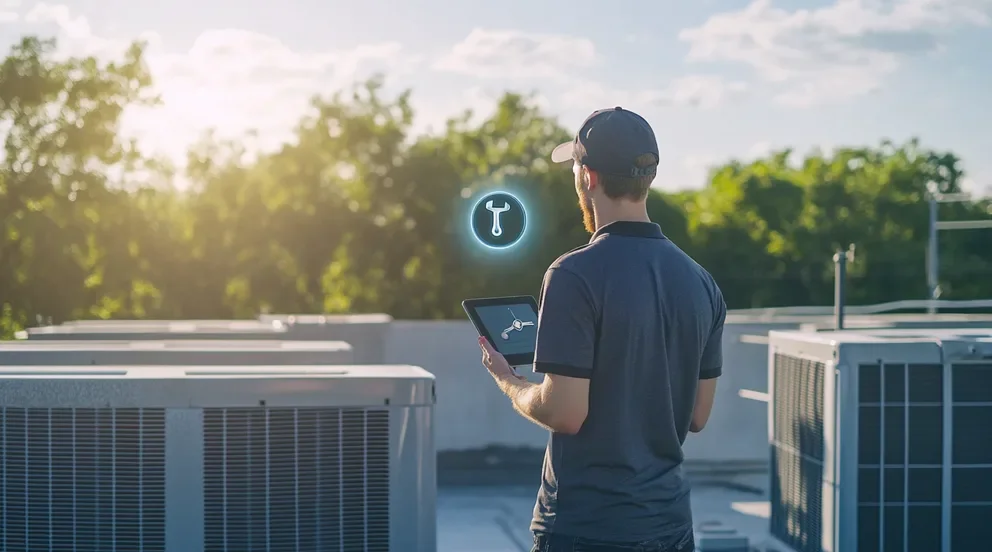Roof Report Software refers to a specialized suite of tools designed for roofing professionals to facilitate the assessment and documentation of roofing conditions. These digital solutions enable contractors and inspectors to efficiently gather data, analyze roof structures, and generate comprehensive reports. By utilizing aerial imagery alongside manual input, they can derive measurements of areas, slopes, and other pertinent features.
These software systems streamline the reporting process by automating tasks that were traditionally manual and time-consuming. Features often include the ability to create detailed visuals such as diagrams and 3D models, integration of weather data to assess potential damage, and compiling material lists for repairs or replacements. Accurate and reliable, these tools are essential for precise estimation and project planning.
Furthermore, the convenience of Roof Report Software lies in its capability to enhance communication between stakeholders. Quality reports generated can be shared instantly with clients, insurance companies, or team members, bolstering transparency and expediting decision-making processes. The innovative technology propels the roofing industry forward by promoting efficiency, accuracy, and professionalism.
In today’s fast-paced digital landscape, Roof Report Software emerges as a game-changer in the roofing industry. This innovative technology is not just a passing trend but a vital tool for roofing professionals seeking accuracy and efficiency. As roof inspections become more complex, the need for such sophisticated reporting mechanisms grows, driving a significant shift in how roofing businesses operate.
This article delves into the transformative impact of Roof Report Software on roofing inspections, from streamlining data-collection processes to enhancing the precision of roofing assessments. We’ll explore the ingenious features that set these tools apart and how they are reshaping the way roofing professionals approach their projects, ensuring maximum satisfaction for clients and optimal outcomes for contractors.
Join us as we examine the revolutionary capabilities and benefits of Roof Report Software, and discover how it simplifies what was once a daunting task for roofers. By combining detailed aerial data with cutting-edge analytics, these tools not only save precious time and resources but also elevate the quality of roofing services to new heights.
Elevating Construction Efficiency: The Advantages of Roof Report Software
In recent years, construction has been transformed through digital innovation, with roof report software standing out among these advancements. This software streamlines data collection, providing accurate measurements and conditions of roofing structures. It simplifies traditionally labor-intensive processes, enabling teams to bypass time-consuming manual inspections. Utilizing advanced imaging and data analysis, roof report software offers a sophisticated understanding of a roof’s integrity, predicting potential failures before they occur.
Precision is crucial in construction, and roof report software enhances this through meticulous detail. This technology allows for swift identification of faults, devoid of human error associated with manual surveys. The software generates comprehensive reports, replete with high-resolution images and precise data points. These detailed reports assist stakeholders in making informed decisions, optimizing maintenance schedules and extending the lifespan of roofing structures.
Coordination among construction professionals has been augmented by the centralized platforms that roof report software offers. Multidisciplinary teams can access and share crucial information in real-time, fostering a collaborative work environment. This interconnectivity results in aligned goals, consistent communication, and enhanced project management. Furthermore, the software complies with regulatory standards, ensuring all data is within legal parameters.
Adopting roof report software equates to significant time savings on projects. These platforms automate the preliminary stages of roof inspection, reducing the need for multiple site visits. Consequently, there is a considerable reduction in downtime for workers, facilitating a faster project turnover. This efficiency does not undermine safety; rather, it prioritizes it by minimizing the risks associated with manual roof inspections.
Cost efficiency is an additional benefit of integrating roof report software. The precision and speed it delivers falter in comparison to traditional methods, reducing overall expenses. Eliminating the likelihood of human-related errors translates to fewer repairs and less material waste. This software is a long-term investment, offering substantial financial savings over time. It has become a tool that modern construction cannot afford to overlook in a digitized age.
Revolutionizing Roof Inspections: How Software is Changing the Game
Software innovation is providing an edge to the roofing industry, overhauling conventional roof inspection methods. Modern software can evaluate a roof’s condition with exceptional precision, spotting issues invisible to the naked eye. This technology harnesses the power of AI and machine learning to analyze patterns and predict potential points of failure. It is a game-changer that can preemptively address vulnerabilities, ensuring the integrity of roofing systems.
The real-time data acquisition that roof report software offers is unparalleled. Inspectors can be guided through the inspection process methodically, ensuring consistency and thoroughness. This results in uniform inspection practices across the industry, embedding a standard of excellence. The immediacy of data availability expedites decision-making processes, allowing repairs and maintenance to occur more swiftly and efficiently than ever before.
Risk mitigation is a prominent feature of this technological intervention. By diminishing the need for physical inspections, individuals are less exposed to hazardous conditions. This not only improves safety conditions for workers but can also reduce insurance costs. The software’s capability to perform checks automatically reduces the potential for human error, offering contractors and clients alike a sense of confidence in the inspection results.
Regulatory compliance has also seen improvements through the adoption of roof report software. It ensures that inspections are exhaustive, adhering to building codes and standards. The software can easily update to reflect any changes in regulations, maintaining relevance and reliability. Automated documentation further facilitates adherence to legal requirements, and the consistent application of industry standards supports legal defensibility.
The logistics of roof inspections have been transformed, making site visits more effective and less frequent. Technology facilitates a fundamental shift in how inspections are approached—with precision and foresight. Scheduling can be optimized, and recurring maintenance becomes a calculated effort rather than a mere precaution. As industries move towards embracing digital solutions, roof report software is at the forefront, exemplifying progress in the digital realm.
Harnessing Technology: The Impact of Roof Report Software on Building Maintenance
The advent of roof report software has redefined building maintenance strategies. Its capacity to accurately chart and diagnose roofing concerns is pushing facilities management to adopt a more proactive model. Prognostic analytics enable the identification of potential roofing issues before they materialize, leading to preemptive maintenance efforts. This shift to predictive maintenance can dramatically enhance the life expectancy of roofing structures.
With certainty, these software applications are reconfiguring the dialogue around maintenance budgets. The data generated by roof report software delivers clear insights into the urgency of repairs, helping to channel funds more efficiently. Budget allocations become data-driven, reducing impulsive spending on unnecessary measures. Facility managers can thus prioritize urgent interventions, ensuring seamless operational continuity for businesses.
Roof report software facilitates ecologically sustainable practices as well. It aids in the detection of insulation failures and inefficiencies, prompting energy conservation measures. In an age where environmental consciousness is pivotal, such technology helps align corporate maintenance with eco-friendly policies. This promotes not only cost savings but also corporate responsibility towards energy consumption and environmental impact.
The digital footprint of roof report software is a boon to maintenance records. Assiduous documentation capabilities mean a comprehensive history of roof conditions is always on hand. This longitudinal data becomes invaluable during insurance claims and can serve as evidence for warranty disputes. Keeping meticulous maintenance logs is essential in today’s data-centric world, where provenance and accountability are key.
Finally, the customer experience is substantially improved through the application of roof report software. Clients enjoy enhanced transparency, receiving detailed diagnoses and clear-cut maintenance plans. This breeds client trust and satisfaction, fostering long-term relationships. With roof report software, building maintenance is not just about preserving structure, but also about nurturing customer relationships and reliability.
From Blueprint to Digital Precision: The Role of Roof Report Software in Modern Architecture
The architecture sector is experiencing a digital revolution, with roof report software leading the charge in precision and innovation. From concept to completion, architects now have the tools to envision and execute roofing designs with unparalleled accuracy. These software solutions offer simulations that predict how designs will fare against environmental factors. The transition from blueprint to digital precision reflects a broader trend towards technology-driven design processes.
Roof report software bridges the gap between architects and construction crews. It consolidates design intent with practical execution, manifesting visions with precision. These digital platforms foster a unified understanding between diverse teams, which is crucial for the successful realization of complex roofing projects. By embedding building information modeling (BIM) compatibility, these tools become indispensable in coordinating contemporary architectural endeavors.
Sustainability in architectural design is a growing imperative, and roof report software contributes significantly to this purpose. Analyzing the environmental impact of roofing materials and their longevity becomes routine with these applications. Architects gain insights into how their designs can contribute to or detract from a building’s overall energy efficiency. In this way, roof report software is not merely a tool for creation—it’s also a guardian of sustainability.
In terms of project timelines, roof report software delivers efficiency at a swifter pace. Revisions and adaptations to roof designs can be rapidly prototyped and assessed, shaving crucial time off project durations. The agility that digital software provides in design iteration is paramount for staying on schedule. Streamlined processes birthed from this technology underscore the importance of adaptability in modern architectural practices.
Moreover, roof report software contributes to the legacy of architectural projects. By ensuring precision and efficiency, these digital tools aid architects in creating structures that stand the test of time. Successful integration of software into architectural design processes may very well be the defining hallmark of contemporary practice. The software thus plays an integral role in not just current projects but in shaping the future of the architectural domain.
Saving Time and Money: The Economic Benefits of Integrating Roof Report Software
Integrating roof report software into the construction and maintenance processes delivers clear economic benefits. By automating data collection and analysis, significant time savings can be achieved—this directly converts to cost reductions. The rapid turnaround of detailed reports means quick action can be taken to address issues, ultimately saving on potential extensive repair costs. As a result, roof report software is becoming an essential asset for financially savvy businesses.
Aside from direct project cost savings, the use of roof report software can also lead to reduced labor expenses. Eliminating the need for exhaustive manual inspections minimizes the labor hours required for roof surveys. This efficiency of resource allocation is a cornerstone for achieving an economical balance in construction and maintenance budgets.
Using roof report software also has the advantage of extending the life span of roofing systems, contributing to long-term savings. This strategic approach underpins the economic advantage of such technology.
Moreover, roof report software can mitigate risks associated with inaccurate estimations and unplanned procurement costs. Accurate data translates to cost-effective ordering practices and inventory management, reducing wastage and associated financial losses. This precision in procurement underscores the cost-saving prowess of roof report software.
Finally, the ability to demonstrate diligent maintenance and repair through detailed software reports can have positive insurance implications. Insurers may provide better terms and premiums to those who can evidence proactive building care, thus offering indirect but tangible savings. In the age of data-driven decision-making, roof report software is not just a technological upgrade—it’s an economically astute choice for those keen on maximizing returns.



